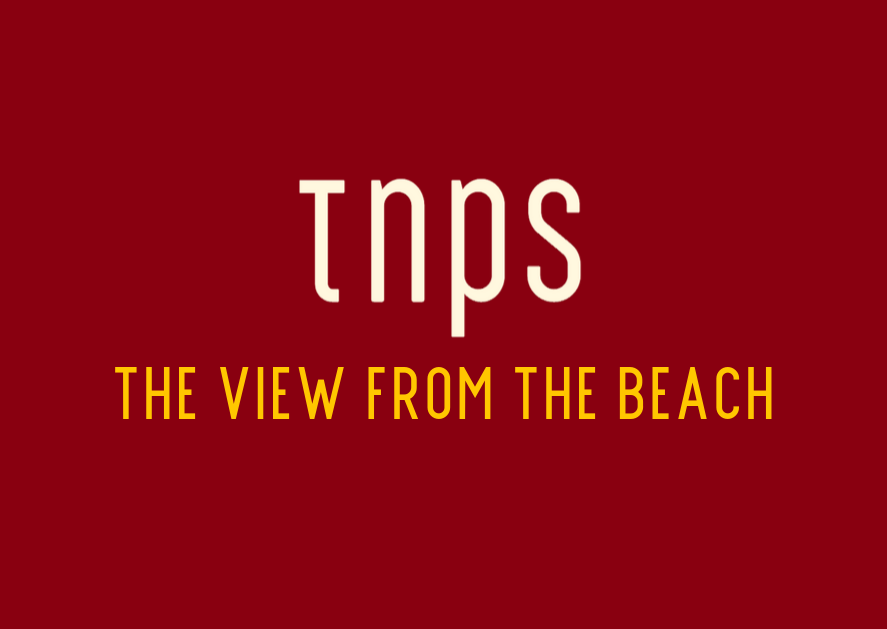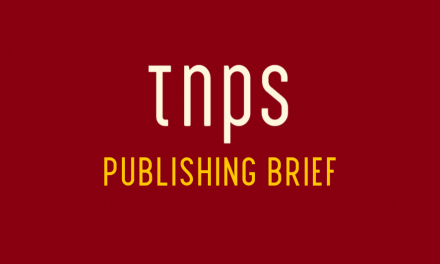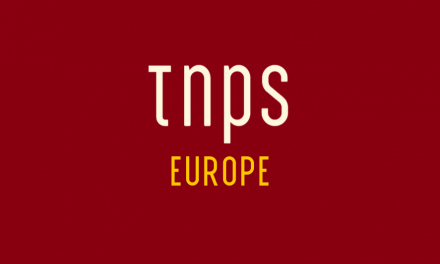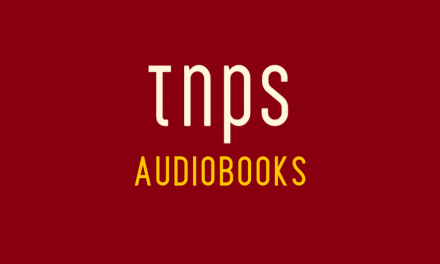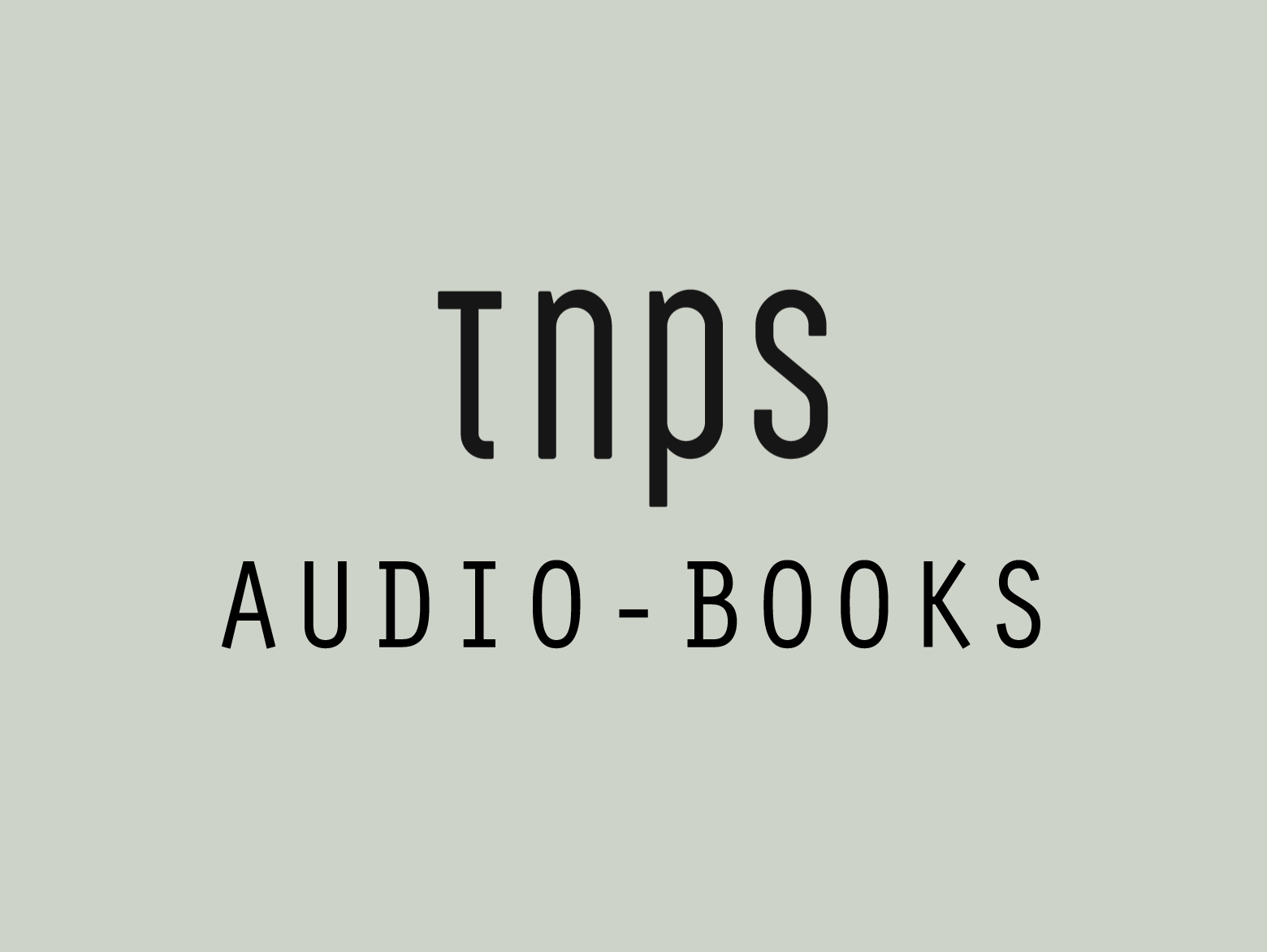Here at TNPS I adhere firmly to the three-Christmases principle: The pagan winter festival that long predates the birth of Jesus; the Christian celebration of the birth of Jesus; and the commercial Christmas of Santa, trees and twinkling lights and flying reindeer that has nothing whatsoever to do with the belief system of anyone-over- eight-years-old.
If it’s Christmas, you can be sure Iceland’s Jólabókaflóð will be being discussed somewhere. This year more than usual, perhaps, thanks to the American Booksellers Association and actor Sarah Jessica Parker giving it some Instagram love.
CNN invited Icelandic Publishers Association chairman Heiðar Ingi Svansson to be interviewed, but Svannsson had to send them an audio in advance explaining the pronunciation of Jólabókaflóð – Jol-a-bok-a-flot – which translates as the Christmas book flood.
It’s not clear if CNN will call it that on live TV , or dress it up as the “Holidays book flood”, but here at TNPS I adhere firmly to the three-Christmases principle: The pagan winter festival, the Christian celebration of the birth of Jesus, and the commercial Christmas of Santa and trees and twinkling lights that has nothing whatsoever to do with the belief systems of anyone over eight-years-old.
The romance of the Jólabókaflóðið
In a report in the Iceland Monitor Svansson said, “This romantic idea of us cuddling with cocoa in wooden huts in a land of fire and ice appeals to many people.”
But for the publishing industry globally, what appeals most is all those books being bought and read. From the Monitor: “For many Icelanders the idea of reading a book on Christmas Eve and Christmas day is a part of the true Christmas experience.”
Well, call me an Icelander. That’s been my Christmas ritual since ever I can remember. And no doubt for many – perhaps most – reading this. But then, if you’re reading this at all, you’re probably not representative of the wider population.
TNPS first covered the Jólabókaflóð back in our first Christmas season in 2017.
Per that post, the Christmas Book Flood began in 1944. Iceland had just gained independence from Denmark, and as paper was not rationed on the island, books became a popular present to give.
Another factor may be that Santa didn’t have so far to travel from the North Pole, but that theory has its skeptics.
But no question that, in this land of ice and fire, where the Northern Lights dance across the winter sky, this magical Christmas tradition has captured the hearts of book lovers around the globe, and especially this year.
The celebration officially kicks off on Christmas Eve when Icelanders exchange books as gifts. Families and friends gather together to unwrap their literary treasures, and the evening is spent immersed in the enchanting world of words. It’s a heartwarming tradition that fosters a love for reading and strengthens the sense of community.
Yeah, yeah, yeah. Never mind the heart-warming stuff at the consumer end. What does it means for the publishing industry? And come to that, how can Iceland even have a publishing industry? It has a population of only 375,000, and a language no-one else speaks or reads. yet the Icelandic publishing industry is thriving. No wonder the global industry is looking on enviously.
The Book Catalogue and the Joy of Choosing
One of the key elements of Jólabókaflóðið is the Icelanders’ love for a good book catalogue. Leading up to Christmas, publishers distribute catalogues showcasing a wide array of titles from various genres. I read somewhere that every household gets a catalogue, but cannot confirm that. But hey, in a country of 375k, that’s not implausible.
These catalogues are eagerly anticipated, and consumers can spend hours perusing the pages, carefully selecting the perfect books to gift to their loved ones.
The joy of choosing a book is a significant aspect of Jólabókaflóðið. It allows gift-givers to tailor their selections to the tastes and interests of the recipients, ensuring a thoughtful and cherished present. So much better than a badly knitted pair of socks, or a celebrity memoir no-one will actually read.
More importantly, the catalogues become valuable guides, steering readers towards both established authors and emerging voices, fostering a culture of discovery as well as an appreciation for literature.
Of course, cynics might argue that the pool of existing and new authors is so small that it can work in Iceland, but not in larger countries. And they’d have a point.
But in fact, elements of the Icelandic tradition are being picked up by publishers and retailers around the world.
The Global Appeal of Jólabókaflóðið
The concept of celebrating Christmas Eve with a good book has struck a chord with people from diverse cultures, and many have embraced the idea, creating their own version of the Christmas Book Flood. Some publishers have even started marketing campaigns inspired by the Icelandic tradition, encouraging readers to exchange books as part of their holiday festivities. Bookstores and online platforms have joined in, curating special holiday book collections and hosting events to celebrate the joy of reading during the festive season.
Jólabókaflóðið and the Publishing Industry: A Win-Win Tradition?
The big question is, does the Jólabókaflóðið impact the Icelandic publishing industry as positively as the hype would suggest?
Here’s the thing: roughly 40% of all book sales happen during the Jólabókaflóðið period. In other words, the rest of the year accounts for only 60% of all sales.
But is that so very different from the big western publishing markets? Call it Christmas, the Holidays or just the end of year sale, this is the period when book sales take off, and it can be make or break for retailers.
But in both geographical scenarios we have a common theme: at this time of year more than at any other period, many books are being bought not for selfish gratification but as gifts for others.
The Santa Standard
As a non-Christian lover of Christmas – the commercial Christmas of trees, twinkling lights and Santa, that is – this is what makes Christmas special.
Of course, none of us can meet the Santa standard. Giving to all the world’s children without expecting anything in return – not even a vague promise of an afterlife – is the ultimate in altruism. But somewhat impractical for us mere mortals with no North Pole toy factory, no elves, and only grounded reindeer.
But if we can give books, maybe we can be one step closer to Santa.

